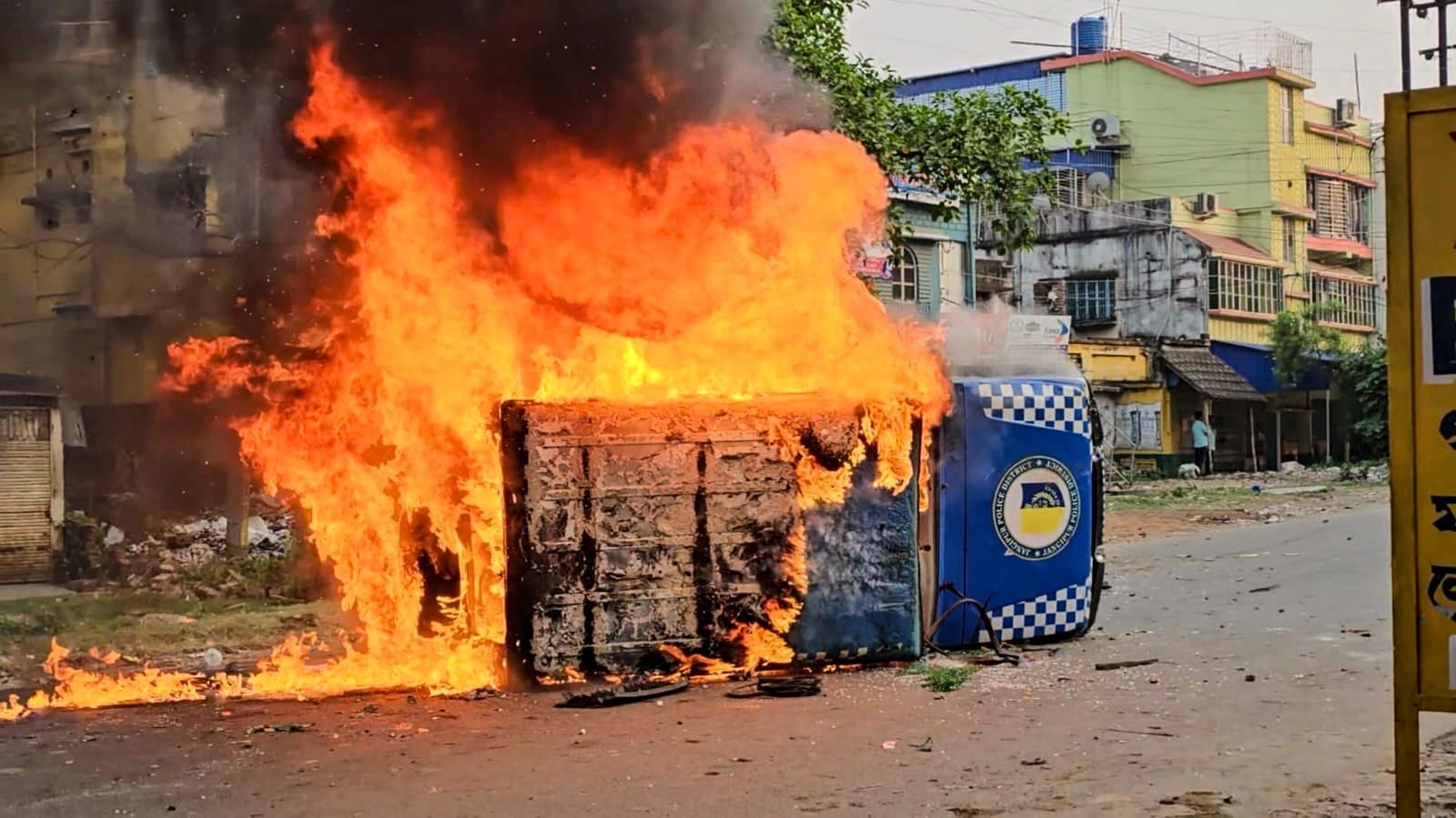In the wake of violent protests that erupted recently in Murshidabad, authorities have taken decisive action by transferring two senior police officials. The decision comes as a response to public outcry and criticism regarding the handling of the unrest, which has drawn attention to the escalating tensions in the area. The protests were sparked by a confluence of local issues, including rising unemployment, socio-economic grievances, and concerns over law enforcement’s response to community needs. As the situation unfolded, it became evident that the local police were under significant scrutiny for their tactics and strategy in managing the unrest.
The transfers of the two senior officials reflect a broader trend within law enforcement to ensure accountability and restore public trust. The change in leadership is seen as a necessary step to address the grievances of the community and to rebuild relationships between the police and residents. Many community leaders have expressed hope that new leadership will bring about a more effective and compassionate approach to policing, particularly in handling protests and community disputes. The previous officials had faced allegations of excessive use of force during the demonstrations, which only intensified public dissent and unrest.
The violent protests not only highlighted the immediate concerns of the community but also brought to light deeper societal issues that have been simmering for years. Citizens are increasingly vocal about their dissatisfaction with governance and the perceived disconnect between law enforcement and the communities they serve. The transfer of the senior officials may serve as a turning point in addressing these concerns, but it will take sustained effort and commitment from the new leadership to create lasting change. Moving forward, it will be crucial for police to engage more effectively with community members and to develop strategies that prioritize dialogue and de-escalation over confrontation.
As Murshidabad navigates through this challenging period, the focus will not only be on restoring order but also on fostering a sense of security and trust among residents. The involvement of local leaders and community organizations will be essential in shaping a more collaborative approach to policing. The path ahead may be fraught with challenges, but with the right leadership and community involvement, there is potential for a more harmonious relationship between the police and the public, ultimately leading to a safer environment for all.




